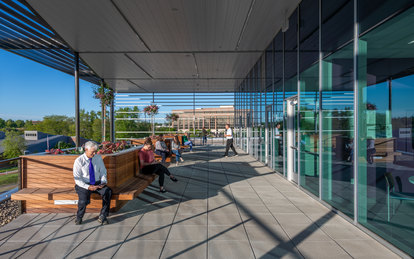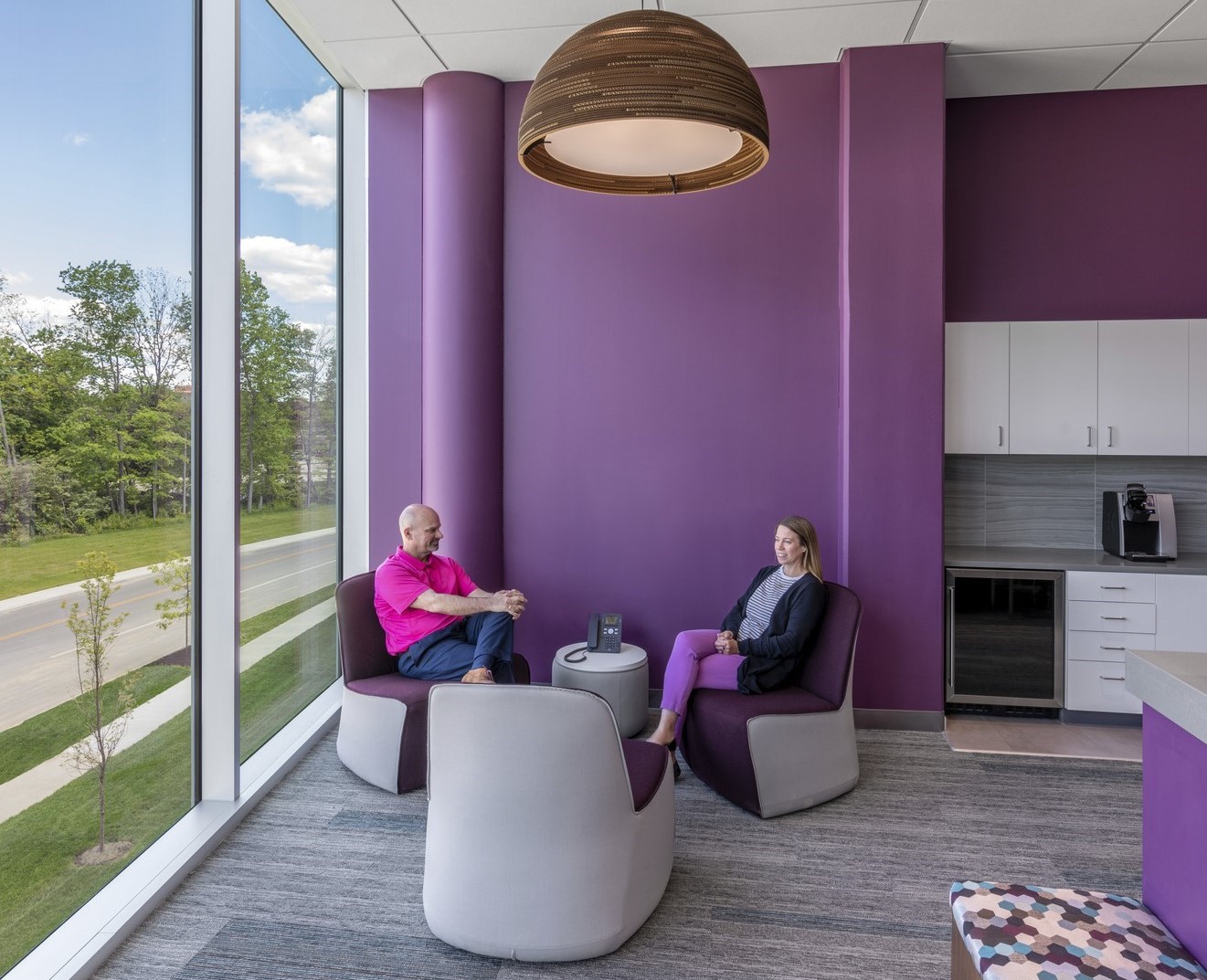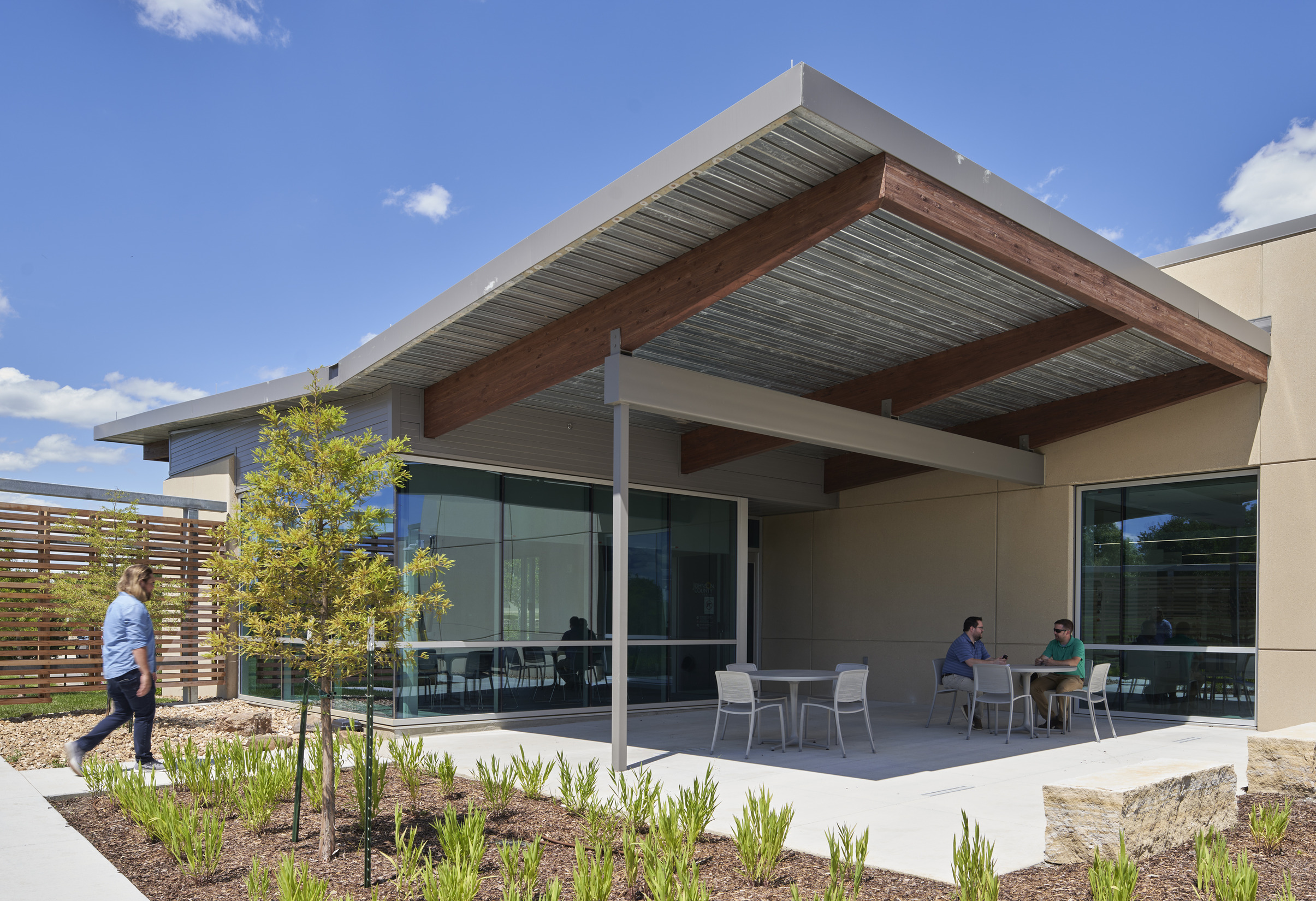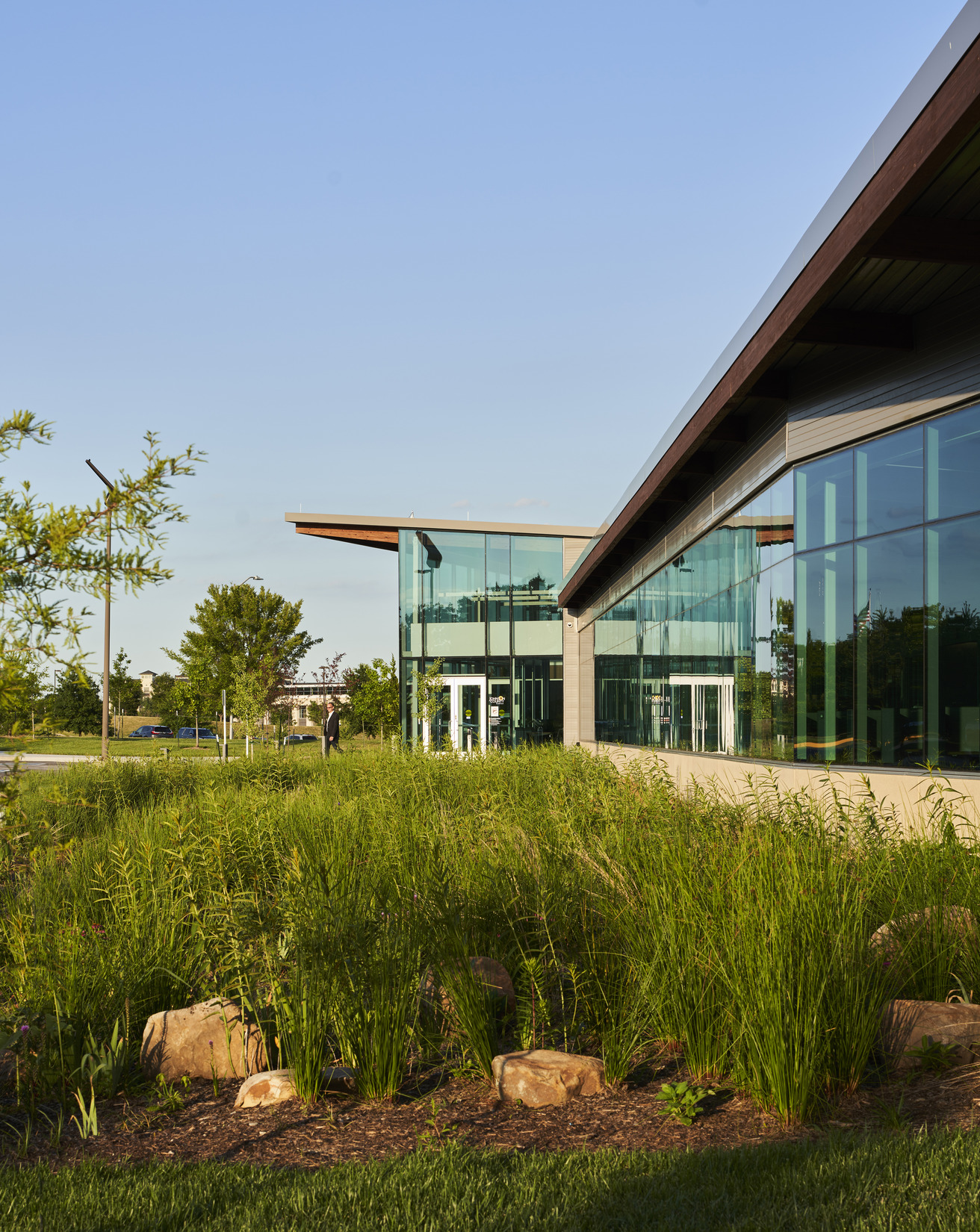Help Wanted – Competing for Talent in a Dynamic Workforce – Part Two

SmithGroup surveyed almost 500 people working in the forensics industry, spanning various age groups, experience levels and disciplinary focuses. We sought to understand their perspectives on their roles, the industry and their place within it. The first report in this two-part series focused on respondents working in crime labs and offered valuable perspectives on their aspirations. This document delves deeper into those working in medical examiner and coroner facilities.
For the purpose of this report, "crime lab" involves the examination of evidence generated during a crime, while "medical examiner" and "coroner" are responsible for conducting medicolegal death investigations (MDI). The role of each is to determine the cause and manner of unnatural or unexplained deaths.
The workspaces that accommodate workers in crime labs and those in medical examiner and coroner facilities both serve professionals with highly specialized skill sets and shared wants and needs, with some notable differences. Namely, crime labs examine physical evidence while autopsies are performed in medical examiner and coroner facilities. Like the first report, this review of the data addresses the new mindset around flexibility, which employees and employers both must embrace to create a mutually rewarding work experience for both. It was also identified that areas for decompression are in desperate need for staff in these high-stress occupations.
Demographics Demand Attention
One notable characteristic emerges from our survey.
The majority of respondents belong to the millennial generation, born between 1981 and 1996. This demographic shift calls for some rethinking by employers.
According to the Pew Research Center, in 2017 millennials officially became the largest generation in the workforce1, representing approximately 35% of all American workers. Their preferences and expectations are well-documented: Gallop reports2 that over half report disengagement at work. Additionally, The Muse3 states that 80% of employees are willing to switch jobs if expectations aren't met. They also prioritize employers who demonstrate concern for their well-being, including flexible working arrangements to address family or health needs with 34% of employees saying flexibility in their work arrangement would help their mental health according to the American Psychological Association4.
What's Different? What's the Same?
One constant that emerged from both crime lab and medical examiner respondents to the survey is the unwavering passion forensic scientists have for their work. Regardless of their specific roles, most respondents cited their love for the job and the opportunity to make a difference in people’s lives as the top two reasons for choosing a career in forensics. This shared passion serves as a strong foundation for the profession as a whole.
However, it is essential to acknowledge that the challenges faced by those working in medical examiner and coroner offices are often profoundly different from their colleagues in crime labs. For the professionals involved in medicolegal death investigation, including fieldwork, exposure to distressing traumatic situations is an almost daily occurrence. That, in turn, can result in significantly higher stress levels compared to their strictly lab-based counterparts. According to the National Institute of Justice5, “Individuals may have trouble coping with the stress experienced in this profession and vicarious trauma resulting from exposure to distressing reports and cases is not uncommon.”
The survey illuminated these disparities, highlighting the distinct needs of professionals in the medicolegal death investigation field. When analyzing the written statements provided by respondents, although the societal impacts were similar to those in crime labs, it was intriguing to observe the nuanced difference and acknowledgement that their work has a direct impact on families as opposed to an individual. While the overall impact of the job-related stressors may be similar, satisfaction levels regarding these accommodations displayed a notable disparity.
Importance Versus Satisfaction
A crucial aspect of our survey was to determine which factors were most important to those in forensic science and how satisfied they were with their current workplace in those regards. The most significant revelation was the shared emphasis on flexible working conditions. Whether one worked in a crime lab or a medical examiner’s office, the importance of flexibility and areas for decompression ranked equally high.
Satisfaction levels related to accommodating these wants displayed a significant disparity. Much like with those working in crime labs, MDI respondents ranked flexibility to accommodate family matters or an illness at very high importance. However, there was a 17% decrease in those who were very satisfied with accommodations made by their place of work. This discrepancy raised a vital question: why do these professionals, who are otherwise highly engaged with their work, find their workplace conditions less than accommodating in terms of what they define as a truly satisfactory job situation?
It was also clear that greater accommodation for decompression is needed. Areas for respite and access to nature showed the greatest dissatisfaction across the respondents. These values show a reduction in satisfaction by 22% below those working in crime labs, which were already the lowest areas of satisfaction.
Potential explanations, and a solution
Several factors contribute to this misalignment between importance and satisfaction in the workplace. First, the nature of the work itself plays a crucial role. Many frequently performed and even rote tasks and activities associated with the environment of a medical examiner or coroner workspace simply cannot be performed remotely. Also, flexibility around scheduling can be limited, as any number of people must coordinate their time and physical presence in the performance of multiple duties, either in the field or autopsies – or both.
Understaffing no doubt exacerbates the issue. According to the National Institute of Justice, “there are currently only 400-500 physicians who practice forensic pathology full time, less than half of the total estimated need for 1,100-1,200 forensic pathologists in the United States.”6 There are corresponding shortages in almost every position needed to ensure that a facility functions at full capacity for many operations. These shortages, combined with the stressful nature of the work, make recruitment more challenging. That is an issue that cannot be dealt with in the short term, however, which redirects attention to driving employee satisfaction – and retention.
Thoughtfully designed physical space can be key. Access to outdoor space, sunlight, and areas that offer calming respite, either privately or in small groups, can reduce stress and elevate satisfaction.
An excellent example is the Johnson County Medical Examiners Facility in Olathe, Kansas. Keeping in mind the sensitive nature of the work, a striking front door respectfully welcomes families and visitors, while staff have their own separate, secure entrance. They also have a shaded terrace and a garden, while the interior is flooded with abundant natural light and views of the surrounding landscape.
Changed expectations drive changing solutions
Respondent comments throughout the survey provide eloquent evidence as to the passion and struggles of this vital field. They also suggest that particular attention be needed to design supportive environments for forensic staff.
The world of forensic science is evolving, as is the overall public health landscape. Likewise, it is driven by an increasingly dynamic workforce that values the significance of their contributions, and more personal wants and needs that previous generations never even thought to expect. The desire for flexibility is reasonable and understandable, but when the nature of the work itself limits an organization’s ability to provide it, a thoughtfully and sensitively designed space can help compensate.
After detailed review of the respondents' comments throughout the survey, it is clear that, despite the routine challenges faced by those in the forensic workforce, the passion and commitment to improving the health and safety of the communities they reside within is of paramount importance. This observation underscores the potential for enhanced recruitment and retention through attention to the general and individual needs of staff working in these stressful occupations, ultimately leading to an even greater sense of fulfillment in their work.
Sources:
1 Fry, Richard. April 2018. Millennials are the largest generation in the U.S. labor force [Online]. Available from: Millennials are largest generation in the U.S. labor force | Pew Research Center
2 Gonzales, Matt. January 2023. Gallup: Employee Disengagement Hits 9-Year High [Online]. Available from: Gallup: Employee Disengagement Hits 9-Year High (shrm.org)
3 Tomb, Devin. August 2022. 72% of Muse Survey Respondents Say They’ve Experienced “Shift Shock” [Online]. Available from: Millennials are largest generation in the U.S. labor force | Pew Research Center
4 American Psychological Association. April 2022. Increase employees’ options for where, when, and how they work [Online]. Available from: Increase employees’ options for where, when, and how they work (apa.org)
5 FTCoE: Forensic Technology Center of Excellence, National Institute of Justice (NIJ), U.S. Department of Justice. March 2023. “Stress, Trauma, and Burnout in Forensic Scientists.” [Webinar]


